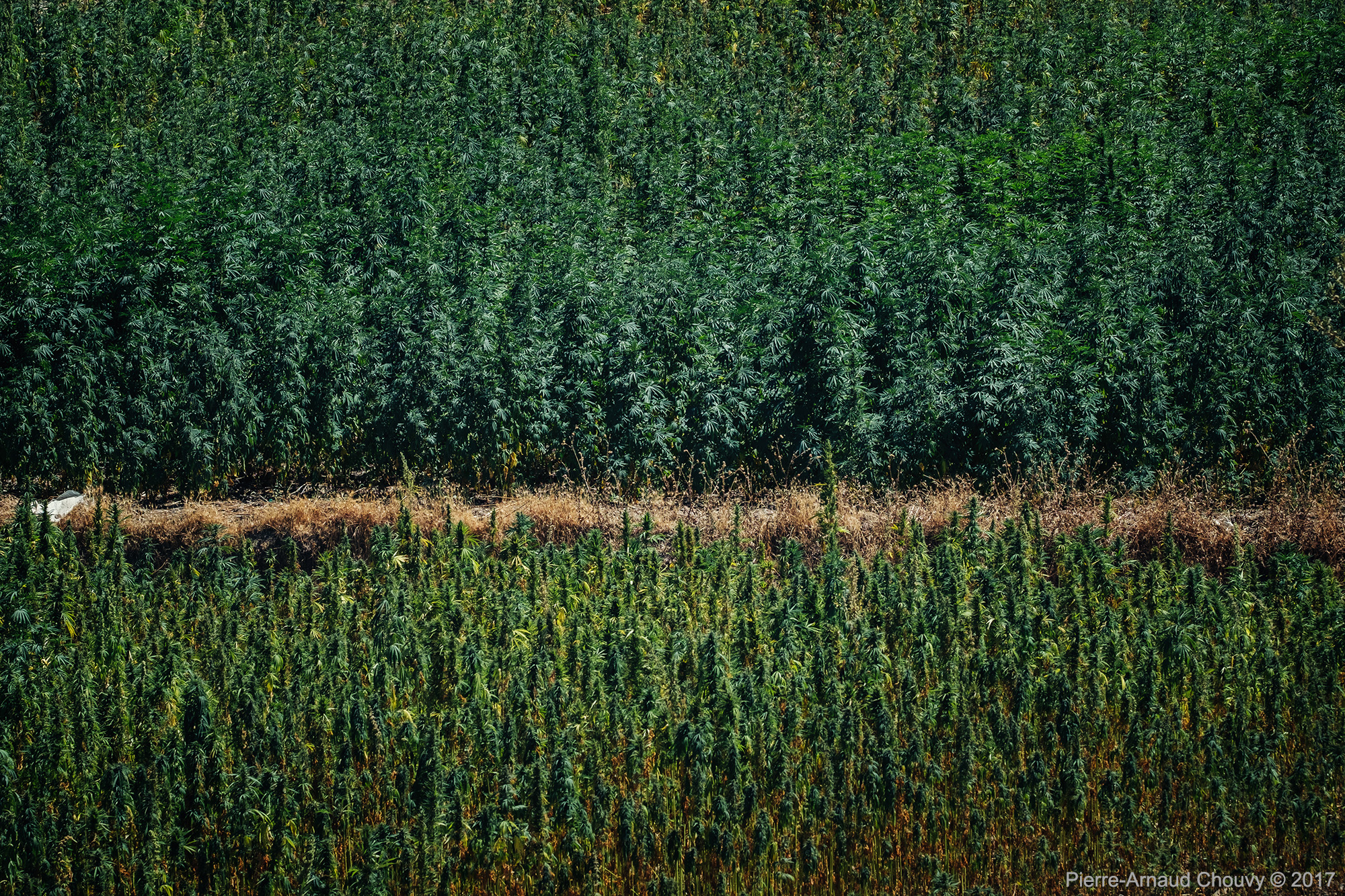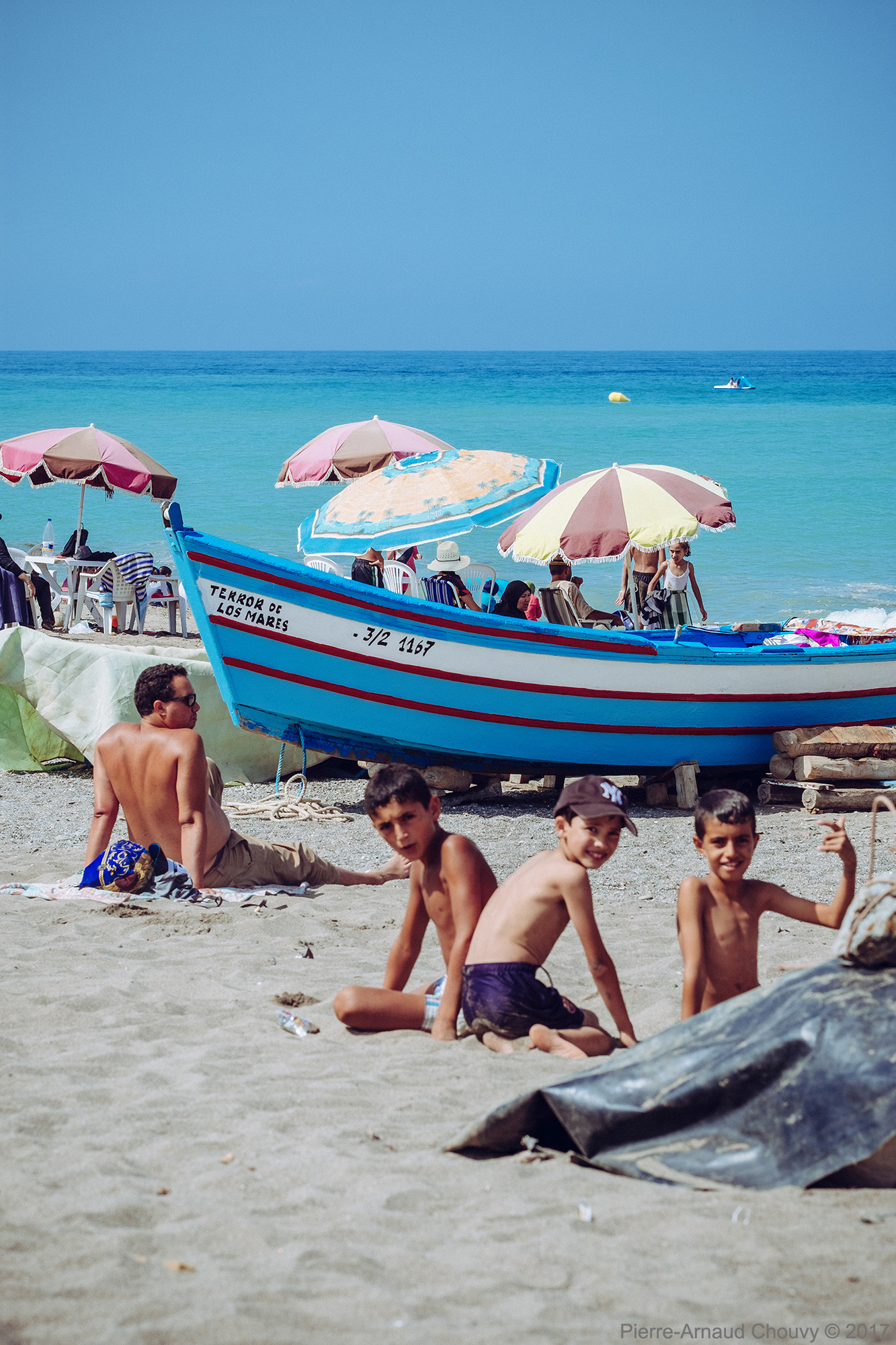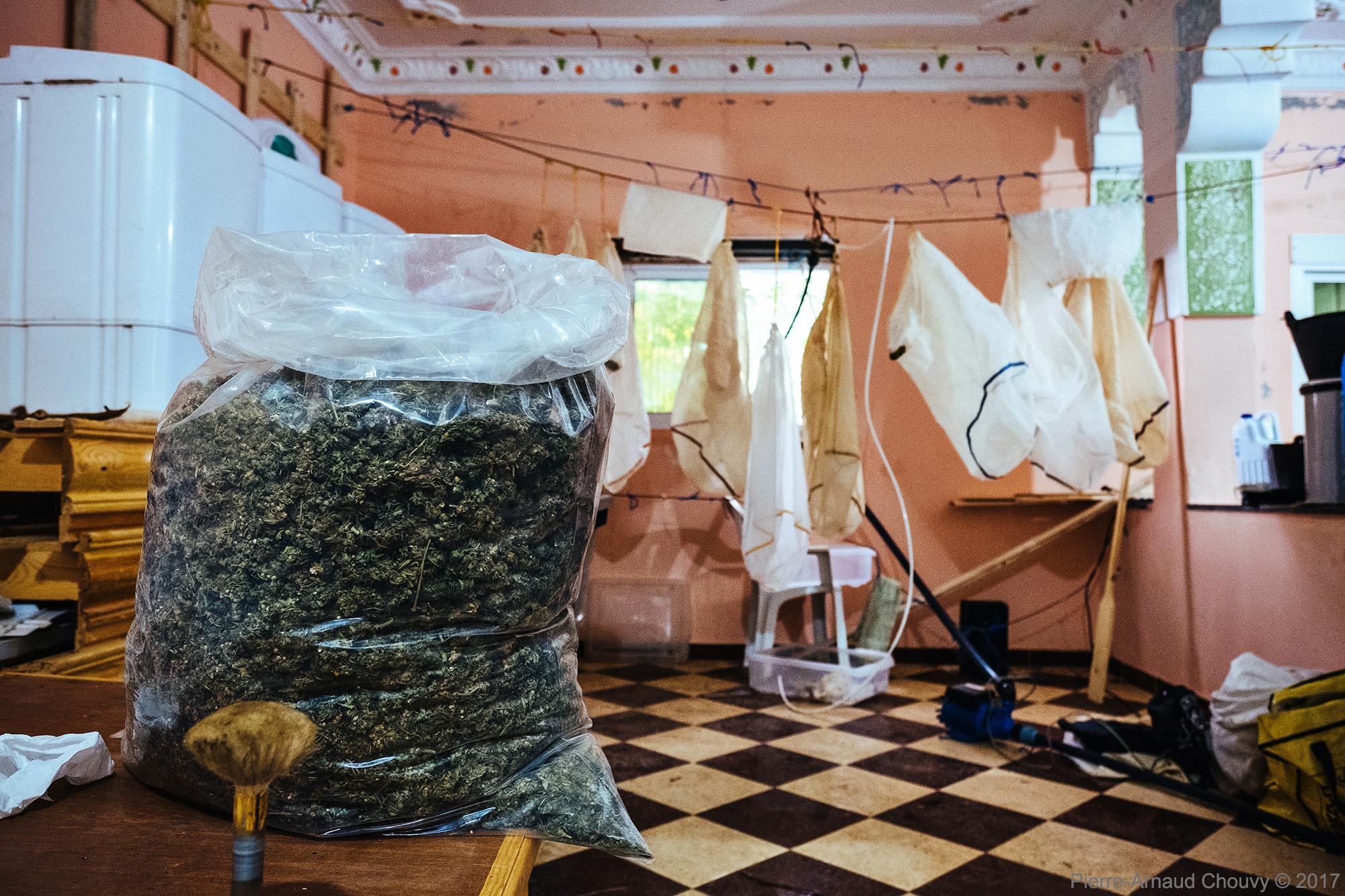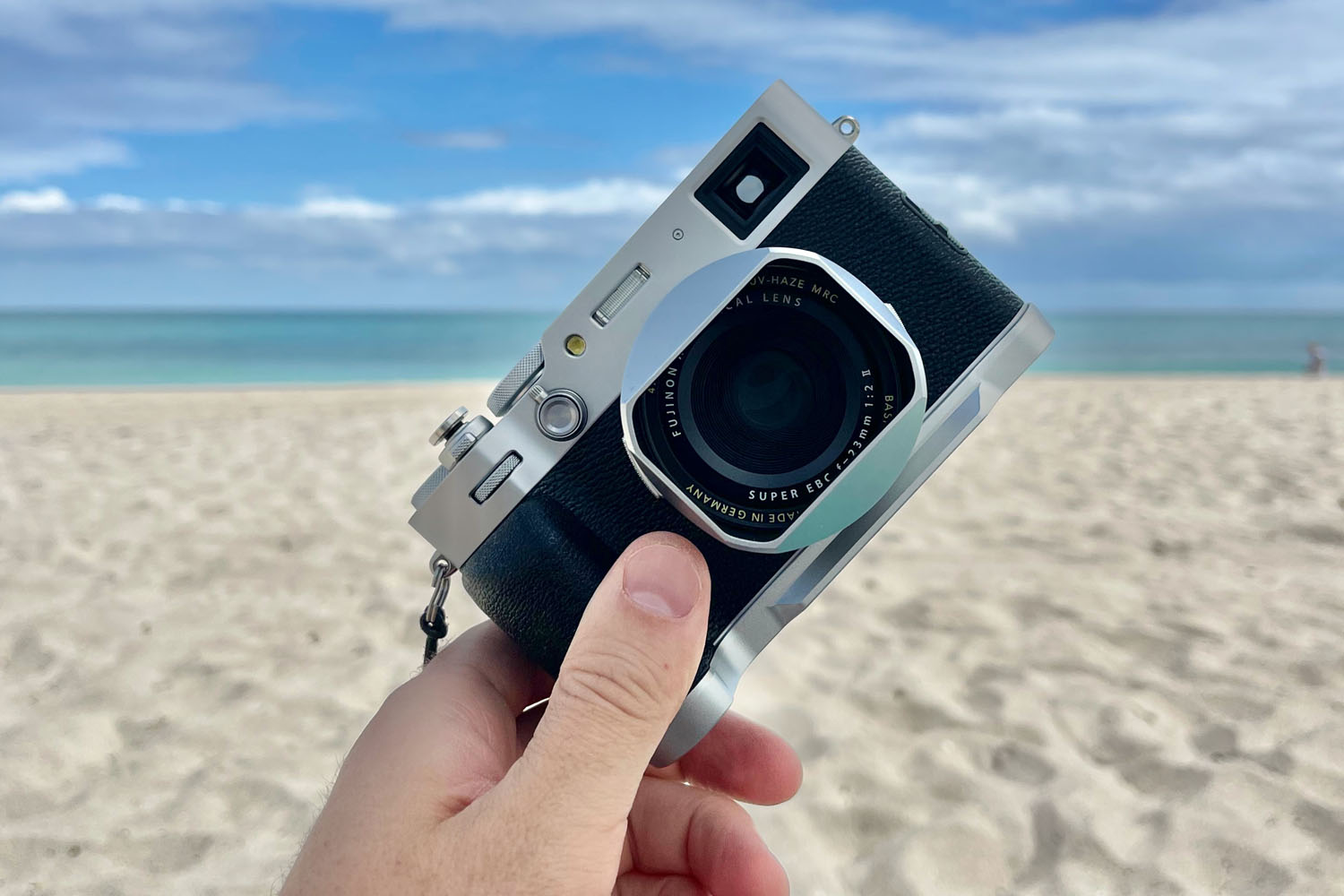A geographer turned photographer – Travelling with the Fuji X system
Hello Pierre-Arnaud! Would you like to start this interview by presenting yourself to the readers?
Yes, of course. I am a professional geographer researching illegal opium and cannabis production. Travelling to various remote places for research purposes gave me the urge to also document my field trips through photography.


Could you say that you are a geographer by profession and a photographer by passion? Or are both things intimately linked, also photographing for professional reasons?
Geography answers the urge that I feel to discover new places and to better understand them, while photography answers the need that I feel to capture the beauty that strikes me on the road.
Geography and photography perfectly complement one another as the former provides me with endless photographic opportunities and the latter further enriches what is already a fascinating profession.
I became a geographer to travel and to see as much of the world as possible. I became a photographer because only writing about the places I visited and the things I saw was not satisfying enough. Travelling is too much of a visual experience to only convey it through words. If, as Henry Miller wrote, “One’s destination is never a place, but a new way of seeing things.”, then creating images is imperative. Didn’t Walker Evans say that “The eye traffics in feelings, not in thoughts”?
For me, geography and photography feed one another. The geographer often leads the eye of the photographer but photography helps the geographer by making him more observant and receptive to details. In the end, photography offers me a different medium of expression, through images rather than words. It enables me to account for things in terms of emotions and feelings, and balance the strict rationality that prevails in science.


Working on the geopolitics of illegal drugs, you often travel to places that, in some way, can be unsafe. Having a camera in your hands when crossing opium poppy or cannabis fields doesn’t make things worse? Have you ever felt in danger?
Photographing poppy or cannabis fields and the people involved in growing these crops is not especially dangerous as long as permission has been asked and granted. But tensions can occur, for example when people in the distance fear having their homes or recognizable landmarks included in my photographs. Most often, when tensions occur it is because of my presence and taking photos can definitely make it worse. But it’s rare and I tend to not include people’s faces in my photographs so as not to compromise them. In any case, I’ve also experienced the opposite, with people yelling from afar to complain that I was not photographing them and their own fields.


You are an expert regarding the equipment you use every day, not just cameras and lenses, but also bags and backpacks, camera straps, binoculars, pocket knives and all the accessories a traveler might need. And when we say “expert” we do not do it lightly, because you’ve weighed each and every of your tools! How did you develop this skill? Was it the experience and need to travel frequently that forced you to study and gauge every detail of your luggage?
I don’t know if I’m an expert but it’s true that I select my gear very carefully, according to my specifics needs, especially concerning bulk and weight. They are an issue for all travelers and while I knew that my Fuji equipment was much smaller and lighter than my Canon equipment I still wanted to know how much lighter exactly it was. I ended up weighing everything myself as too many brands forget to provide that kind of details. In the end, knowing how much your bag weighs is important, especially when travelling with your gear on your back: while on the go, you spend most of your days with your backpack on, to the point that it becomes part of you. That’s why it has to be ergonomic, and as compact and and light as possible. To know what exactly weighs you down is important in the long run: it adds up quickly and keeping things under control requires that you know how much each piece of gear weighs.


Besides a matter of comfort, reducing the size and weight of your bags is also a need for the frequent traveler that wishes to carry the expensive gear in the cabin luggage, right? Was that the main reason that led you to switch from the Canon professional line of DSLRs (5D, 1D, …) to the Fuji mirrorless system?
I’ve switched from Canon to Fuji because I wanted to cut down on weight and have more free space in my backpack. Travelling by plane with a couple of cameras and a few lenses implies that you must fit it all in one single bag that meets ever more drastic carry-on limitations in terms of size and weight. Cutting down on size and weight also matters when travelling by foot, even more so when hiking when you need free space in your bag to accommodate water, food, and clothes. Switching to mirrorless did the trick as my Fuji equipment (two bodies and four lenses) leaves much more free space in my backpack than my Canon equipment did. And it’s much lighter, 47% lighter to be exact. “He who would travel happily must travel light”, wrote Antoine de Saint-Exupery.


Could you describe your current equipment, from camera bodies to lenses and accessories?
I now own two X-T2, one X100F, and six lenses. All prime lenses: one Fujinon 16mm f/1.4, one Fujinon 23mm f/1.4, one Fujinon 35mm f/1.4, one Fujinon 56mm f/1.2, one Fujinon 90mm f/2.0, and one Samyang 8mm f/2.8 ED AS IF UMC Fisheye that I just acquired and am eager to test on landscapes. But I don’t travel with more than four lenses. So that I can fit it all in my LowePro Pro Tactic 450 AW that is equipped with a highly practical Peak Design Capture Pro: ideal when hiking or climbing. I don’t always carry a full-size tripod (a Gitzo Traveler GT1555T) but I always include in my bag the small and light, but extremely sturdy, Really Right Stuff’s TFA-01 Pocket ‘Pod. Various other items always accompany me, including small binoculars, a water bottle, a notebook, a pen, a knife, a torch, and a couple carabineers.


After making the switch, what did you miss the most and what you don’t miss at all?
What I clearly don’t miss is dragging a large and heavy backpack all day long and everywhere I go. What I miss, to some extent, is the shallow depth of field of extremely fast lenses on a full-frame camera. But that was expected and is accepted. You cannot have it all. The best camera is the one that you can take everywhere with you, not the one that, no matter how amazing, stays home because it is too heavy of bulky.
We observed that you are very demanding with all your equipment. Lately we have noticed in some social networks several people reporting less positive experiences with their Fuji cameras, especially the X-T2. So far, from the experience you have with these cameras, do you have any observations to make or, on the contrary, do you feel 100% confident in your photographic equipment when you go on an assignment?
I trust my Fuji equipment as much as I used to trust my Canon equipment. They are different tools that need to be used differently. They have different strengths and weaknesses. I’m sure that they can fail and disappoint for different reasons. You just need to make sure that you get the gear that best fits your specific needs, that you know your gear and understand how it works and performs. “We become what we behold”, said Marshall McLuhan. “We shape our tools, and thereafter our tools shape us”.


What’s your usual workflow when traveling on assignment? Do you backup your photos every day? Do you usually take your laptop with you to process the files while traveling, or do you leave this task to do only when you return home?
I never travel with a laptop: even light ones are too heavy considering how little use I’d have for one in the field. I always process my files back home, comfortably seated at my desk in front a large Eizo screen with great color accuracy. I find it hard to work on a laptop, most likely because I’m not used to it. I don’t backup my photos other than by taking advantage of the dual card feature that was offered on my Canon 1Ds and now on my Fuji X-T2s.
To finish this interview, we have to ask you this! Have you ever had to use your TuffWriter Tactical Pen?
I use it every day. To write, that is. Never had to use it in a more aggressive way but it gives me an edge in potentially threatening situations. If there is a pen that is mightier than a sword, this is probably it!
http://photo-tropism.com/blog/
http://www.geopium.org/



JOIN OUR FACEBOOK GROUP

Pierre-Arnaud Chouvy, Ph.D., is a geographer at the French Centre national de la recherche scientifique (CNRS) and is an independent photographer. He is the author of Opium. Uncovering the Politics of the Poppy (2010, Harvard University Press) and of numerous articles on both illegal opium production and cannabis cultivation in the world. His photographs have been published in various magazines, books, documentaries, and websites. His research work can consulted on www.geopium.org.



